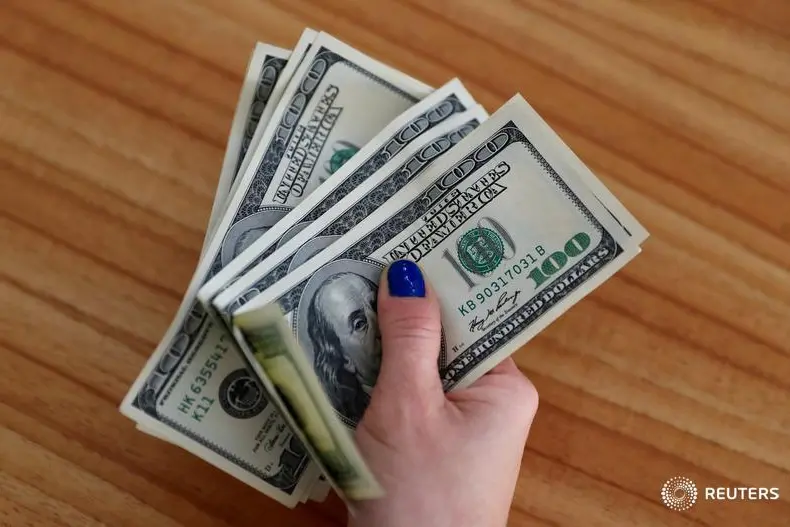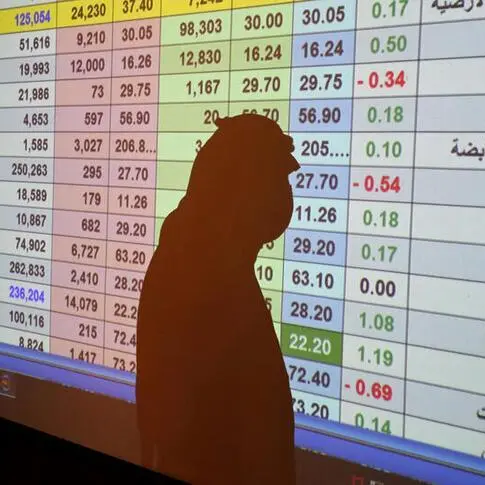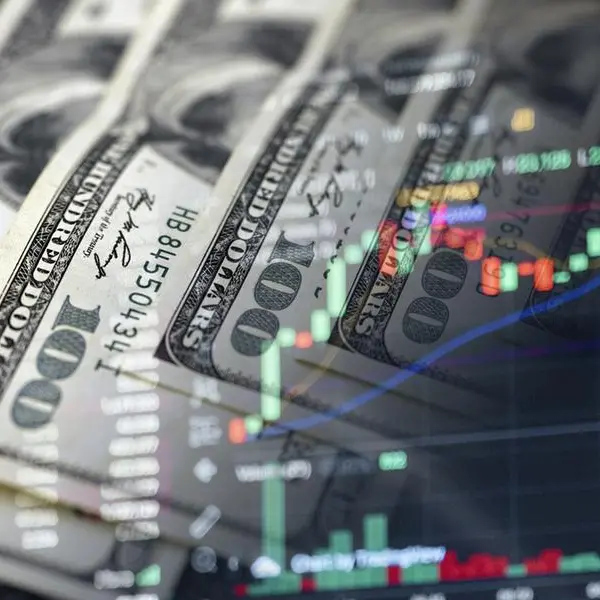PHOTO
SYDNEY: The dollar slid to nine-week lows on Thursday as a doggedly dovish outlook from the U.S. Federal Reserve and bold spending plans from the White House gave a green light for the global reflation trade.
President Joe Biden's push for another $1.8 trillion in spending also risked blowing out the U.S. budget and trade deficits. The twin deficits have long been an Achilles heel for the dollar.
The euro made the most of the opportunity to hit its highest since late February at $1.2148, after cracking trendline resistance around $1.2114. The break now opens the way to bull targets at $1.2196 and $1.2242.
Fed Chair Jerome Powell did the dollar no favours by quashing speculation about an early tapering of asset buying, saying employment was still far short of target.
"The risk is the Fed is very cautious and delays taking the first steps to normalising policy," said Joseph Capurso, head of international economics at CBA. "Low interest rates amid an improving U.S. and global economy is a recipe for the dollar to continue decreasing."
Even the outperformance of the U.S. economy had a sting in the tail for the dollar as it sucked in imports and drove the trade deficit to record highs in March.
"That surge implies the U.S. current account deficit was around 4% of GDP in Q1, a significant weight on the USD in the medium term," said Capurso.
It could also temper any reaction to an upbeat U.S. GDP report for the first quarter due later on Thursday, where market forecasts are for annualised growth of a whopping 6.1%.
The closely-watched Atlanta Fed's "GDP Now" estimate is that GDP expanded by 7.9%, suggesting considerable upside risk.
The Fed's dovishness was in marked contrast to the Bank of Canada which has already begun to taper its asset buying, sending the dollar sliding to a three-year trough on the loonie at C$1.2287.
Another notable break lower came against the Norwegian crown, where the dollar hit its lowest since October 2018 at 8.1460 crowns.
The crown has been carried higher by rising oil prices as the global economic recovery boosts demand for commodities, a trend that is also benefiting the Australian and New Zealand dollars.
The dollar also shed much of the week's gain on the yen, falling back to 108.55 from Wednesday's top of 109.07. A holiday in Japan was keeping it contained in Asian hours.
Against a basket of currencies, the dollar was down at a near nine-week low of 90.443, and a long way from the rally peak of 93.439 hit at the end of March.
(Reporting by Wayne Cole Editing by Shri Navaratnam & Simon Cameron-Moore) ((Wayne.Cole@thomsonreuters.com; 612 9171 7144; Reuters Messaging: wayne.cole.thomsonreuters.com@reuters.net))












